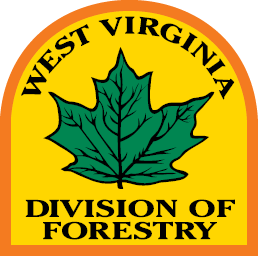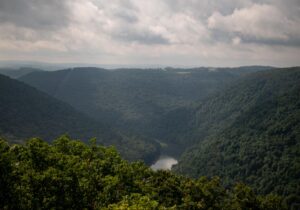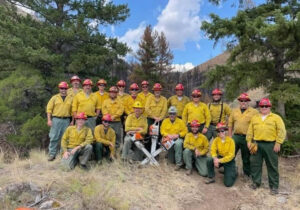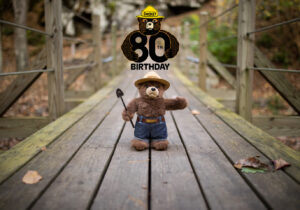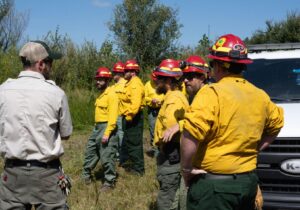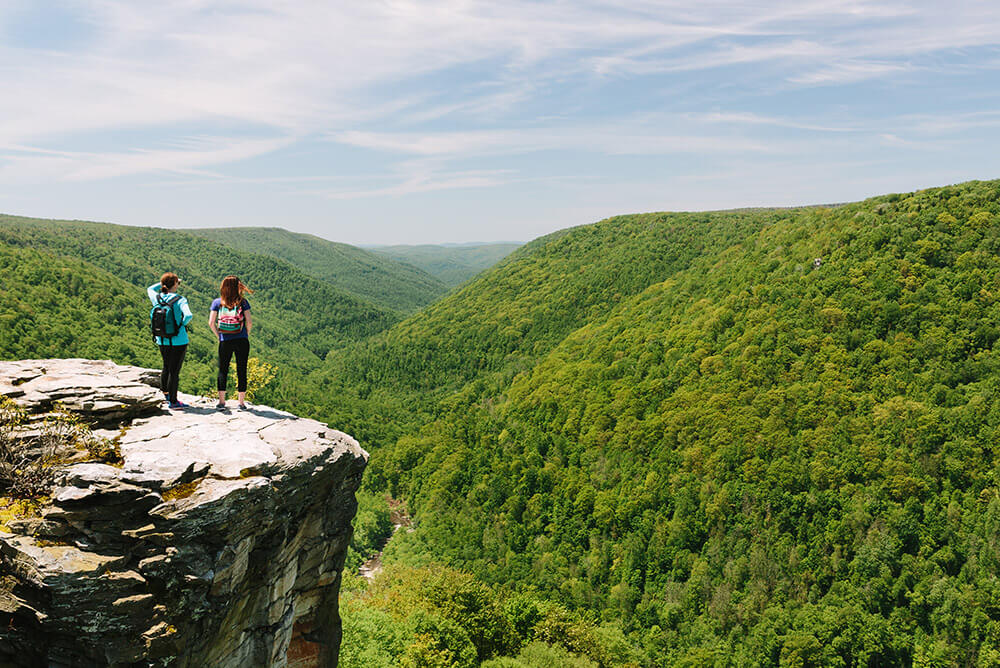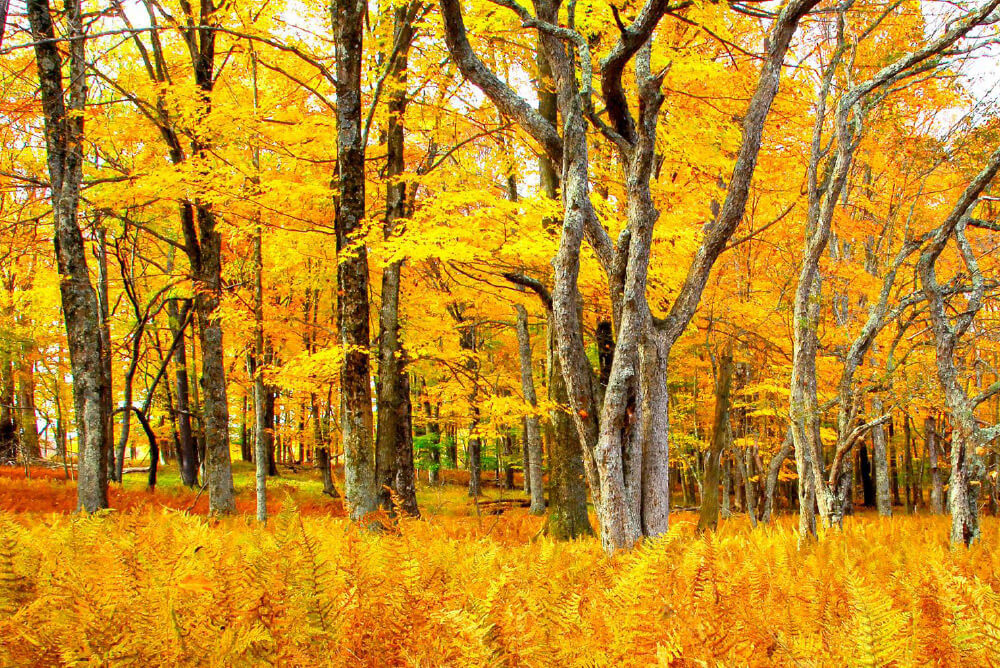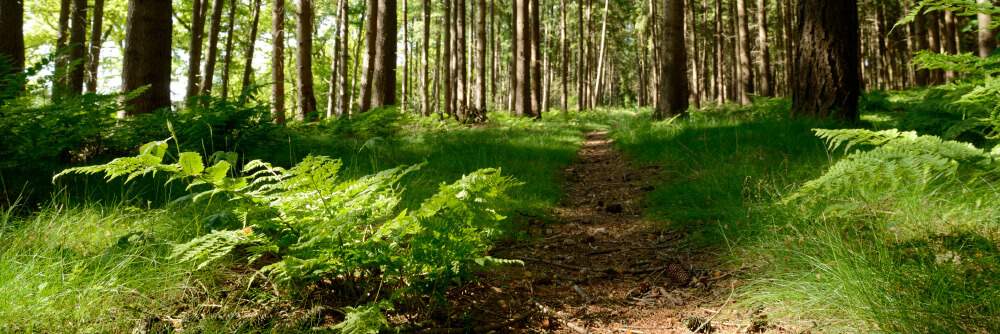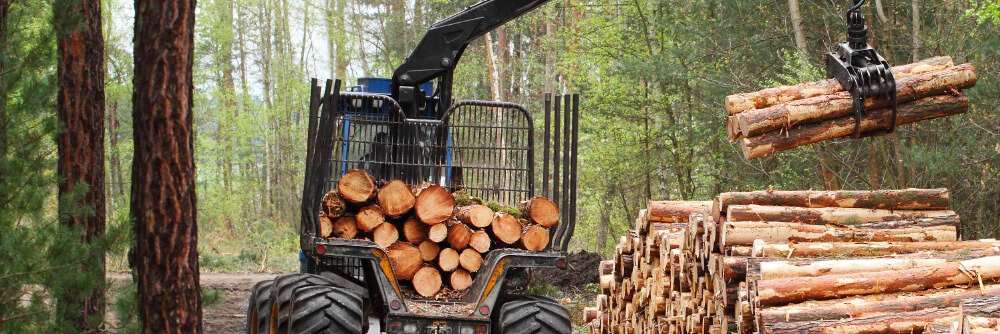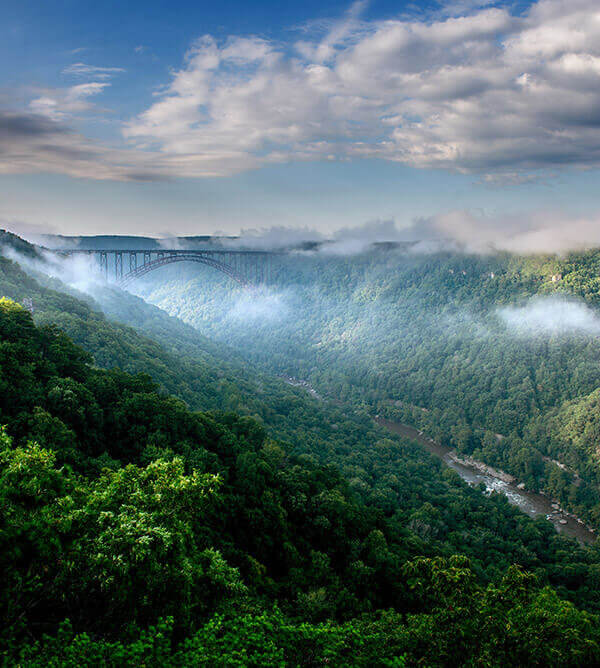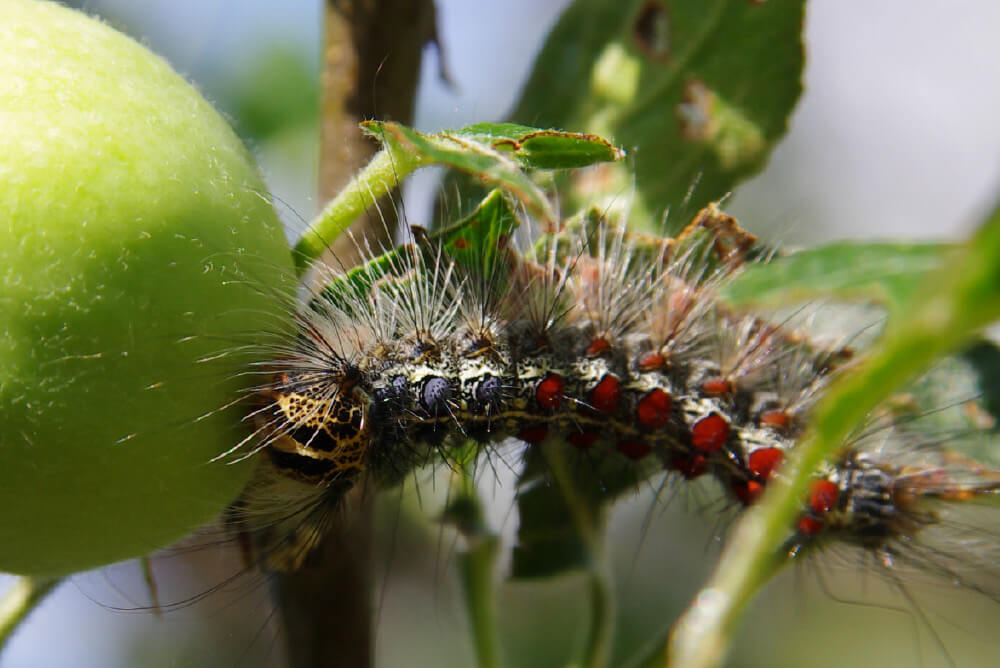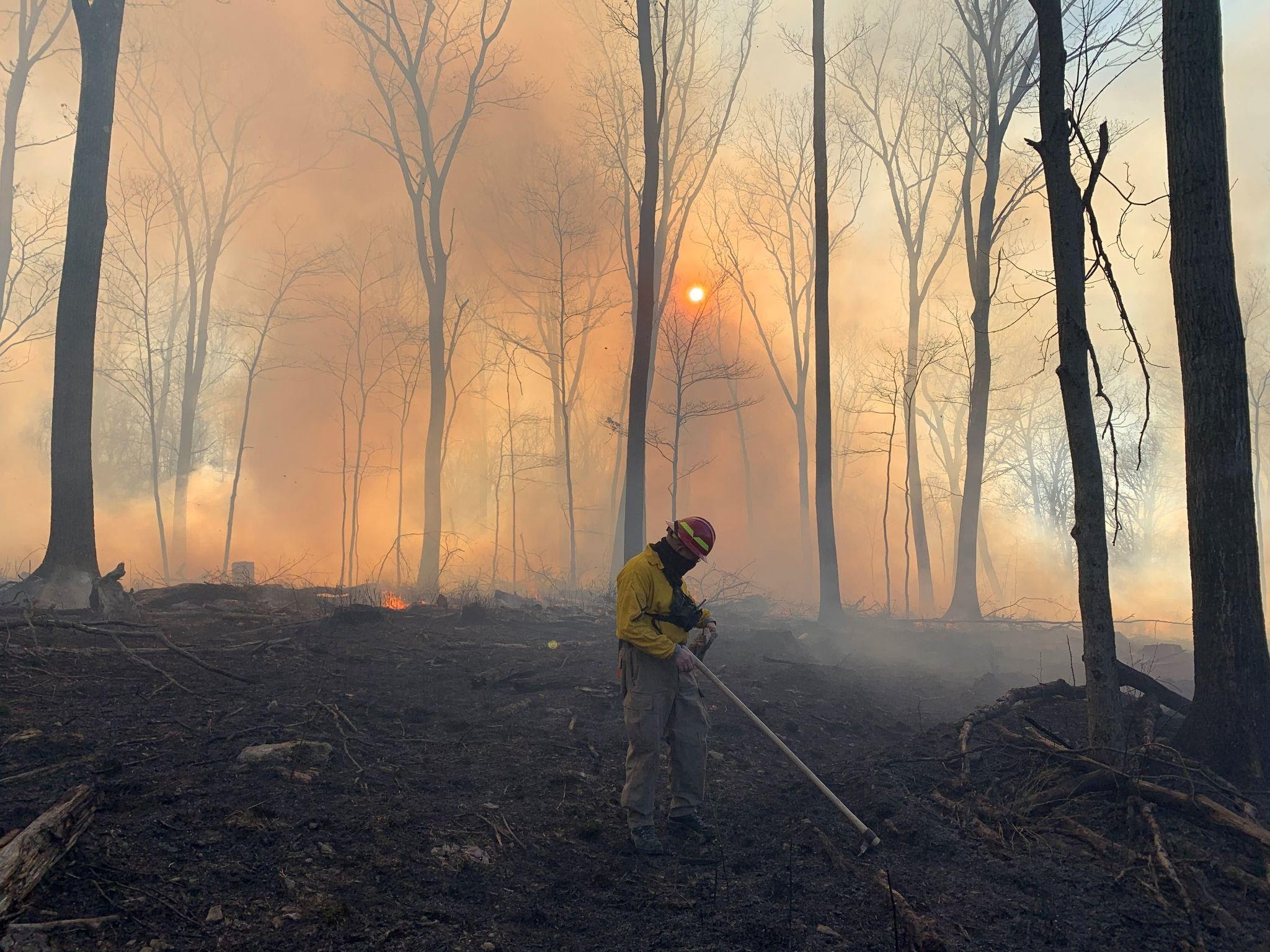
Autumn seeps into the air, bringing cooler nights, shorter days and lower humidity. As chlorophyll production drops, the green fades from leaves, which turn glorious gold, red, orange – or dull brown – before falling.
The drier air and vegetation add up to potential fuel for wildfires. That’s why West Virginia and other states regulate burning hours during autumn. State law allows outdoor burning only during the hours of 5 p.m. to 7 a.m. during fall fire season.
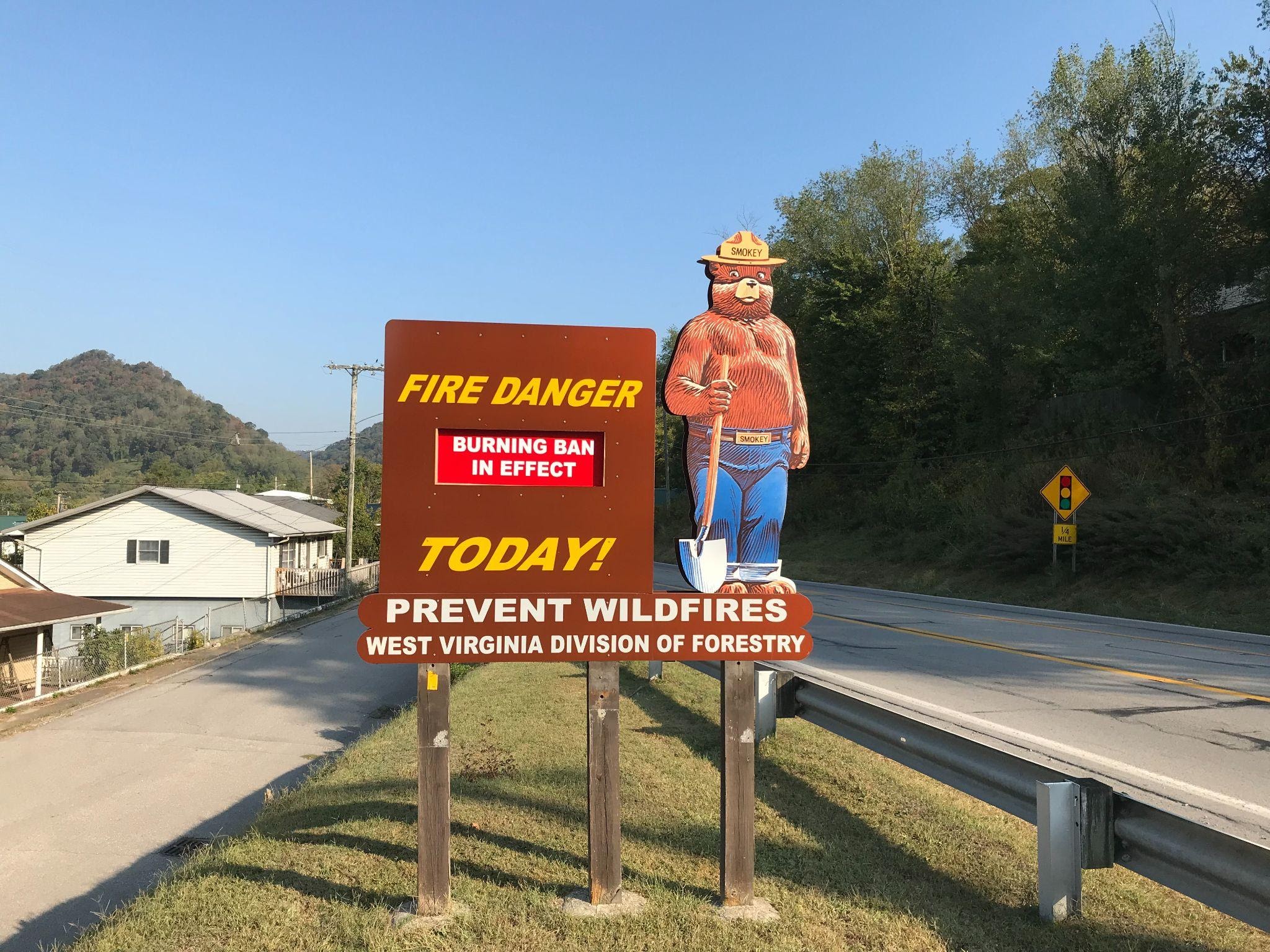
Burning hours are basic for fire safety
The air contains more moisture at night than during the day. Winds also tend to be calmer at night.
“Fall fire season starts October 1 and runs through December 31 every year. We ask everyone to follow the fire safety laws and limit outdoor burning to the hours between 5 p.m. and 7 a.m.,” said West Virginia Division of Forestry (WV DOF) Fire Staff Assistant Jeremy Jones. He also serves as coordinator for the state’s Federal Excess Personal Property program, which loans U.S. Forest Service-owned property to state foresters to improve area wildland and rural firefighting programs.
WV DOF closely monitors fire danger. The conditions that determine fire risk rank in five levels:
- Low. The weather such as recent rains and fuel conditions make fire less likely to start or burn out of control.
- Moderate. Some fires may be expected to spread, but most should be able to be brought back under control without undue difficulty. In the fall, grasses are no longer able to draw moisture from the soil and begin to dry out or “cure.” Fires in open “cured” grasslands will burn briskly and spread quickly on windy days.
- High. With more dead fuels such as dry leaves and grass, flames are more likely to escape and spread quickly. Fires are harder to control unless extinguished while still small. Outdoor burning should be limited to early morning and late evening; hence, the fall fire season regulations prohibit burning from 7 a.m. to 5 p.m.
- Very high. Fires start easily, spread quickly and with increasing intensity. Outdoor burning should be avoided.
- Extreme. Fires ignite quickly, burn intensely and can quickly become dangerous. Flames that engulf woody debris or conifer stands may be unmanageable until the fire consumes all the fuel, winds abate or rain falls. No outdoor burning should take place during extreme conditions.
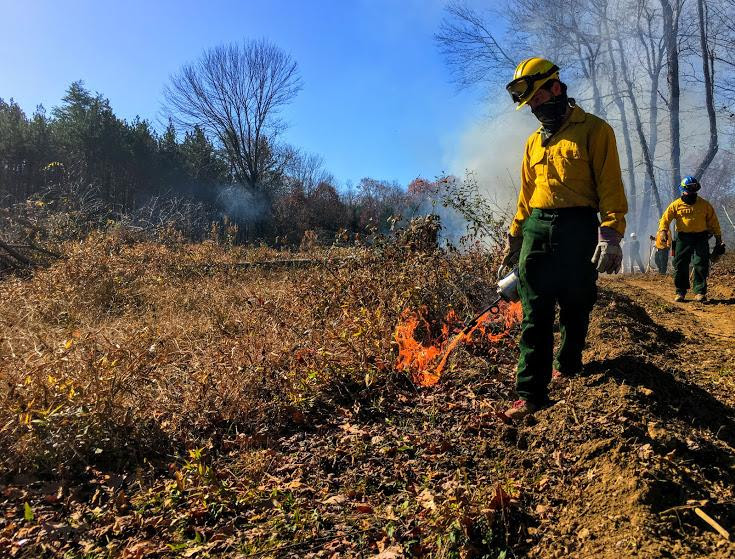
Debris burnings spark wildfires
In fall 2019, West Virginia recorded 305 fires which burned 4,098 acres. Fall 2020 showed some improvement with 238 fires burning 2,877 acres.
“Both were below average in our state,” Jones said. “In both years, most of these fires were caused by burning debris.”
Over the past 10 years, 35% of all wildfires reported in the state have been caused by people losing control of their debris fires.
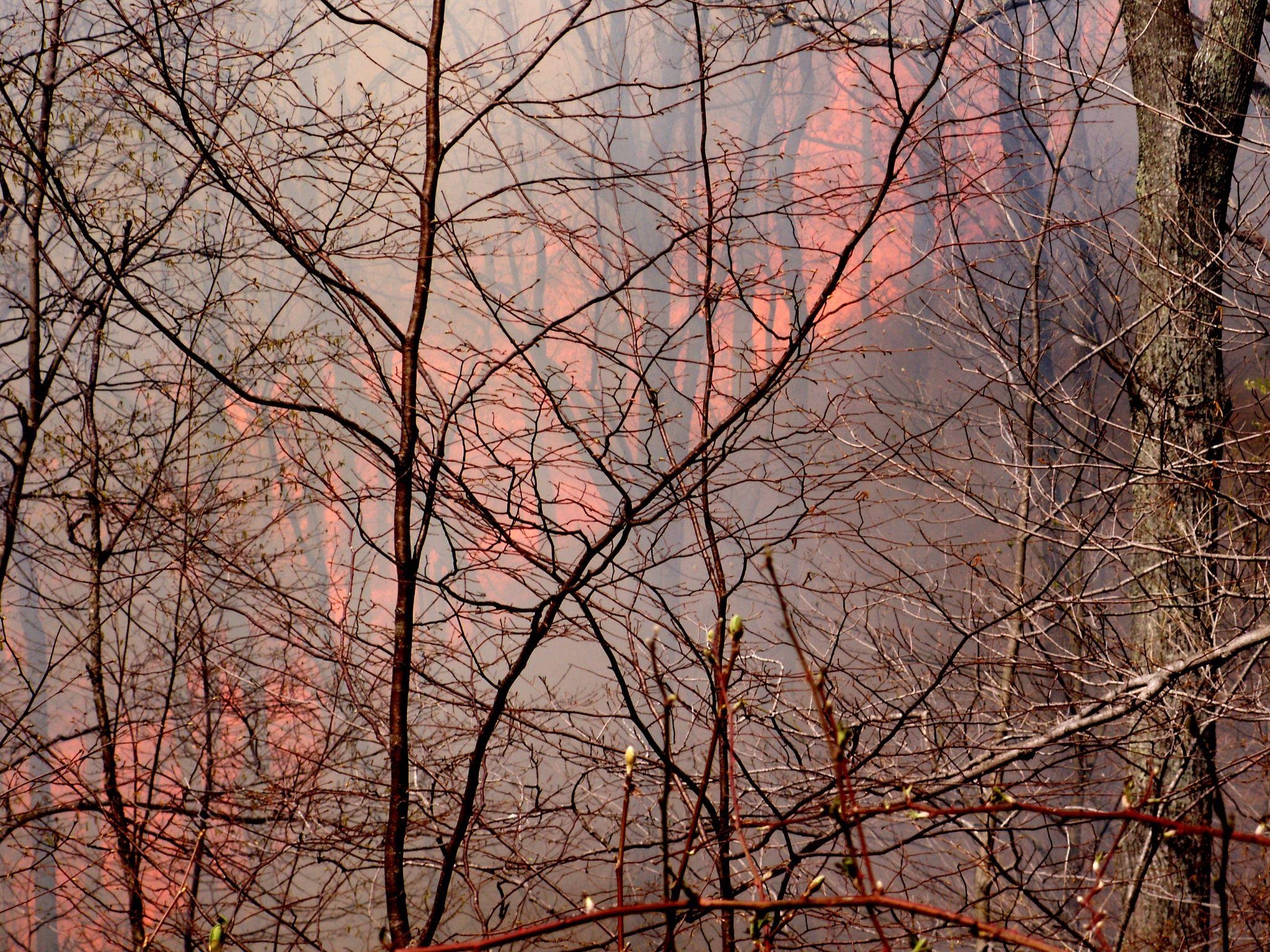
State’s regions face different fire conditions
The WV DOF’s six regions cover different terrains, elevations and population density across the state, but the regional foresters shared a similar request of the state’s residents: follow the outdoor fire safety rules.
Region 1 covers 12 counties, including the northern panhandle. Regional Forester Rudy Williams, currently stationed in Region 1, has spent his nearly 40-year career serving in southern and in northern sections of the state.
“During spring fire season, you expect the vegetation to green up and the air to become more humid, diminishing fire risk,” he said. “In fall, the air and land keep getting drier. If there is no snow to provide moisture, you don’t know when the fire danger may end.”
In his experience, more fires occur in the southern portion of the state. Southern West Virginia is recognized for its coal mining heritage and rugged topography.
“The southern counties have large commercial acreage, often remote,” Williams said. “Region 1 has a lot of farm and residential brush, as well as some steep terrain. Fires in steep areas can be difficult to access and control.”
Region 2 covers eight counties in the eastern panhandle. Regional Forester William Pownell, who joined WV DOF in 1997 in Harrison County, now serves Region 2.
“I think the fires in the eastern panhandle are bigger and more frequent” than those in the northern area, he said. “Generally, our spring fire season is busier. But if we have a dry fall, the season can get intense. The fires burn deeper in the ground and are harder to put out.”
Pownell monitors conditions and keeps the fire danger signs up to date.
“When conditions get worse, I will patrol for illegal activity such as burning during prohibited hours,” he said. “I dispatch foresters to fires. If a forester is not available to respond or a fire gets big, I assist with fire suppression.”
Most of the region’s fires occur near residential areas or farms.
“Those fires can usually be contained quickly because we have good access,” Pownell said. “We do have fires in steep, rocky terrain that are inaccessible. Those fires get big.”
Public education is a prime objective for Forestry. The agency delivers fire safety and prevention materials at fairs, festivals and schools across the state. Smokey Bear can usually be counted on to help educate students in fire safety. Pownell has pitched in as needed to help with such public contacts.
“I enjoy playing Smokey Bear,” he said.
Region 3 encompasses Braxton, Clay, Lewis, Nicholas, Pocahontas, Randolph, Upshur and Webster counties.
“We are considered central West Virginia,” said Regional Forester Jason Jones, “but our region has southern portions such as Clay and Nicholas counties and northern areas such as Randolph County. Our terrain has a bit of everything, from rolling hills to steep slopes.”
Much of his work is focused on wildland fires. That includes handling the administrative duties associated with fires, patrolling for fire safety violations, conducting fire prevention education in schools, or pitching in to fight large wildfires as needed.
Jones, who has served in several Forestry regions, said in his experience, spring brings more frequent but smaller fires than fall.
“The public likes to do spring-cleanup on that first nice day they can get outside,” he said.
Too often, the sunny spring day turns out to be a bad time to start an outdoor fire. Burning the dry debris left from winter runs a high risk of igniting the surrounding vegetation.
The most frequent fire-related violations Jones encounters are burning during restricted hours and burning without the required safety strip encircling the fire. Most of the time, people locate the debris pile away from their residence, but close to the edge of a yard or the woods – potential fuel sources that an errant spark could ignite.
“Pay attention to what the weather is going to be for the day and abide by the burning hours during spring and fall fire season,” said Jones. “Just because it is calm and foggy in the morning doesn’t mean it’s a good day to burn. More often than not, that is going to turn into the most dangerous days to burn.”
Region 6 contains Calhoun, Doddridge, Gilmer, Jackson, Pleasants, Ritchie, Roane, Tyler, Wirt and Wood counties. The region is located at the base of the state’s northern panhandle.
“My region typically has more fires in the spring due to high winds,” said Regional Forester Vernon Stephens. “Region 6 goes from gentle rolling hills with a lot of farmland to steep and rugged terrain that is difficult to access. Most of our fires are in hardwood leaf litter, with some pine clear cuts mixed in.”
Stephens, who joined the West Virginia Division of Forestry in 2006, has spent most of his professional career working in this region of the state.
“I have helped Region 5 with fires in the past,” he said. “Their fires are much larger and the terrain steeper and more remote than ours.”
Stephens patrols in Region 6 for illegal burning, particularly on windy days.
“The Division of Forestry is authorized to issue citations for illegal burning, burning during restricted hours, allowing fires to escape, and abandonment of a fire,” he said. “Those are the most common citations issued in Region 6.”
The highest risk his foresters typically encounter on the job is walking up to a residence and knocking on a door.
“The forester may be there to let the occupants know their hillside is on fire,” he said. “They mistake us for other law enforcement agencies wanting to arrest them for their illegal meth lab or some other violation of the law.”
In the interests of forest and public safety, Stephens advised, the most effective thing residents can do is follow the state’s burning regulations.
“Don’t burn outdoors on windy days,” he said. “Before you leave it, make sure your fire is completely out.”
Southern regions present challenging terrain
Regions 4 and 5 cover the southern portion of West Virginia.
Region 4 contains Fayette, Greenbrier, Monroe, Mercer, McDowell, Raleigh, Summers and Wyoming counties.
Regional Forester Christopher White in Region 4 has found that spring may have a higher number of fires compared to fall, but more land burns in fall burns.
“The fall fire season burns more acreage due to the abundance of fuel in the woods from dried dead leaves,” he said.
Dry conditions also lead to long hours for foresters.
“If it’s dry, there are no weekends or holidays guaranteed,” he said. “We have to work whenever there is a fire call. Of the six regions in the state, Region 4 has the second most number of fires and the second most acreage burned each year.”
White dispatches foresters to cover fires, keeps track of who is covering which location and who is next on call. He runs the radio room while foresters are out fighting fires late at night or on weekends. When things get really busy, he will go out on calls about new fires or illegal burns himself.
“The most common fire safety violation is burning during prohibited hours,” he said. “If it is dry and there’s any wind at all, refrain from burning outdoors that day. If you must burn debris, remember the law requires a 10-foot-wide safety ring all the way around the pile. Someone has to be with the fire the entire time it is burning.”
West Virginia’s steep, rugged terrain can add to the foresters have to content with during a wildfire.
“All of southern West Virginia is steep terrain,” he said. “Half my region is large, remote company property in the western side; and farm and residential brush in the field on the eastern side.”
Tree snags add to the risks. A snag is a standing tree that is dead or dying. The tree drops its top and branches. The accumulated debris becomes a potential fuel supply for wildfire.
“We have lots of dead snags in the area of repeated past fires,” White said. “You can have snags falling around you all night. Falling snags is a leading cause of deaths in wildland fire fighting every year.”
Region 5 covers Boone, Cabell, Kanawha, Lincoln, Logan, Mason, Mingo, Putnam and Wayne counties.
The terrain adds to the challenge of controlling wildfires, said Regional Forester Kevin Arnold. After joining Forestry in 1988, Arnold worked in other regions of West Virginia before his current post in Region 5.
“Half of Region 5 is in the coal fields,” he said. “The topography is steep and rugged, with vast tracks of remote forested acreages with cliffs and mine breaks. These areas are a challenge because accessibility is usually in a 4×4 or on foot.”
Being short staffed adds another layer of difficulty to the task of managing the state’s forests and suppressing wildfires quickly.
“As fire occurrences go up, it’s all hands on deck,” Arnold said. “I fight fires where needed. I check that reports are completed on every fire to ensure that the volunteer fire fighters and others are paid for their assistance with the fire. Per the state code, I send an invoice to the responsible party, if one can be determined, to recover the costs expended by the state.”
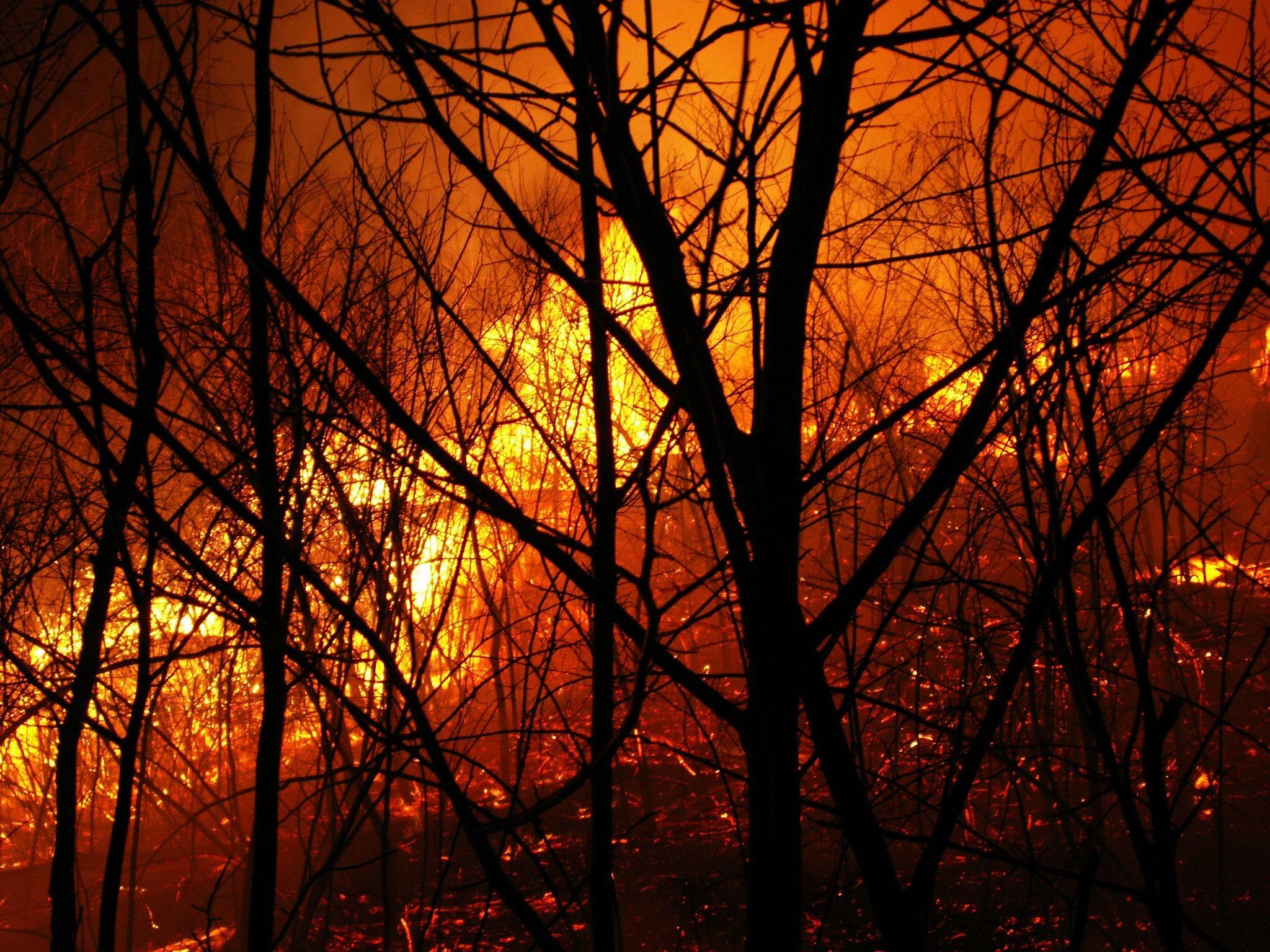
Forestry tips on safe outdoor burning are available on the Forestry website wvforestry.com page on wildfire control. You can also check out the fire burning guidelines.
